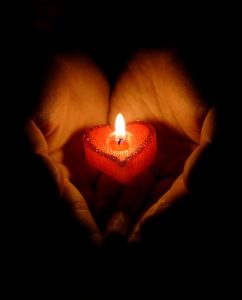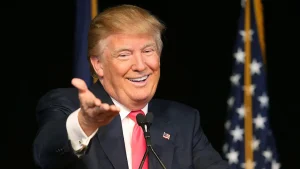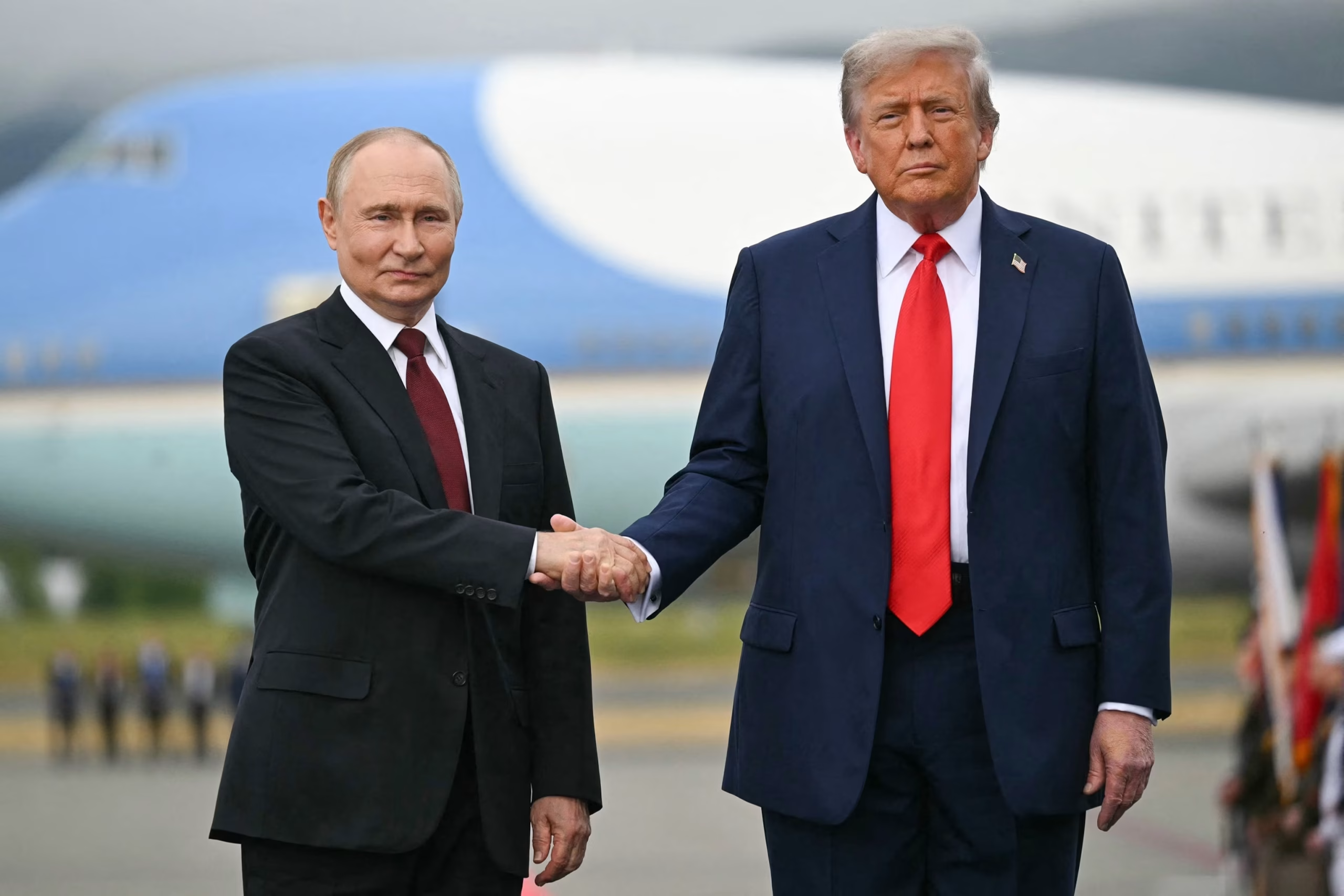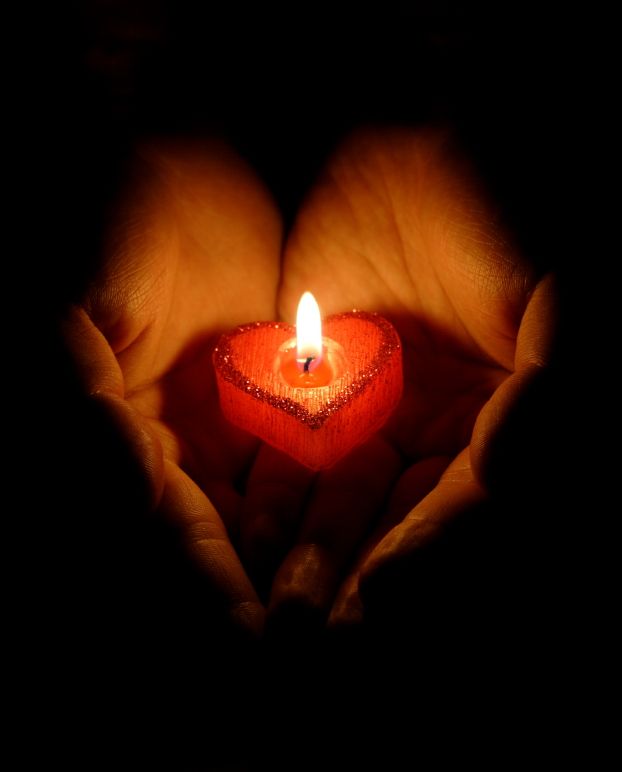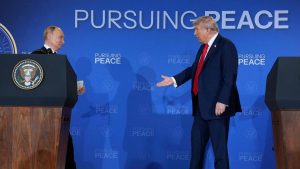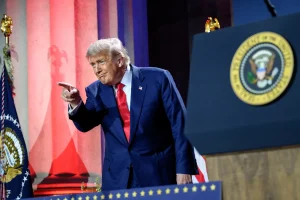The highly anticipated meeting between President Donald Trump and Russian President Vladimir Putin in Anchorage, Alaska, has sparked a wave of controversy—not for the diplomatic content of the talks, but for the optics surrounding their arrival ceremony.
The summit, held on August 15 at the Elmendorf-Richardson military base, marked the first in-person encounter between the two leaders in more than six years. The meeting was billed as an opportunity to explore a potential ceasefire in Ukraine, where conflict has continued for over three and a half years. While both leaders described the discussions as “productive,” no agreement was reached, and neither side mentioned the term “ceasefire” in their public remarks.
As the two heads of state disembarked from their planes to a formal reception, cameras captured the carefully choreographed protocol of the event. A red carpet had been laid out for Putin’s arrival, with Trump smiling as he greeted him on the tarmac. It was during this moment that a scene involving U.S. military personnel caught the attention of viewers and quickly spread across social media.
American troops stationed near the staircase leading from Putin’s aircraft were seen kneeling as the Russian president made his way down. For many online observers, this image was deeply troubling. One Instagram user wrote, “Humiliating for the U.S. military,” while another added, “Our country is humiliated. Holy s**t.” Others described the sight as “degrading,” “grotesque,” and “tragic.”
The criticism continued to mount across platforms. “Having our soldiers kneel for Putin is so f*** f***,” one user commented, while others accused Trump of orchestrating an unnecessary display of deference. A post on X (formerly Twitter) by Ukrainian politician Mustafa Nayyem went viral after he shared the photo with the caption, “Make Kneeling Great Again,” in a pointed play on Trump’s campaign slogan.
The images fueled broader questions about the symbolism of the moment. While kneeling may have been a gesture linked to ceremonial protocol or a practical element of positioning during the reception, many critics interpreted it as an act of submission to a leader widely accused of war crimes by the International Criminal Court. Given the sensitive context of the Ukraine conflict and the charged nature of U.S.-Russia relations, the optics of American troops kneeling for Putin carried political weight far beyond the ceremony itself.
Following their private meeting, Trump and Putin both addressed the press. Trump insisted that “some great progress” had been made, even as he admitted that no deal had been finalized. “We had an extremely productive meeting and many points were agreed to,” he told reporters. “There are just a very few that are left. We didn’t get there, but we have a very good chance of getting there.” Putin praised Trump in turn, commending his “friendly” approach and his “understanding that Russia has its own national interests.”
Despite these statements, the meeting’s lack of tangible results combined with the backlash over the military protocol left many questioning what had been accomplished. The episode also provided fresh material for critics who have long accused Trump of being overly accommodating toward Moscow.
The controversy comes at a delicate moment for U.S. foreign policy. Ukrainian President Volodymyr Zelenskyy is scheduled to meet with Trump at the White House, alongside European Commission President Ursula von der Leyen and other European leaders, in an effort to coordinate Western positions on the conflict. U.S. Secretary of State Marco Rubio has cautioned that “both sides will have to make concessions” in any future peace talks between Russia and Ukraine, underscoring the difficulty of moving from symbolic meetings to substantive agreements.
For Trump, the optics of diplomacy have always been a central feature of his approach. Handshakes, seating arrangements, and ceremonial details have often been interpreted as signals of power dynamics. In this instance, the kneeling soldiers became the focal point of debate, overshadowing the actual content of the summit.
While supporters argue that critics are overreacting to a moment of formal protocol, the incident illustrates the heightened scrutiny placed on Trump’s interactions with Putin. Every gesture, word, and image is dissected not only for what it means in the present but also for how it might shape the trajectory of international relations.
The Alaska summit was meant to showcase progress toward resolving one of the most consequential conflicts of the modern era. Instead, it has left many asking whether the balance between symbolism and substance has tilted too far toward spectacle. The reaction to the kneeling controversy suggests that for much of the public, the optics of diplomacy can sometimes matter just as much as the outcomes.
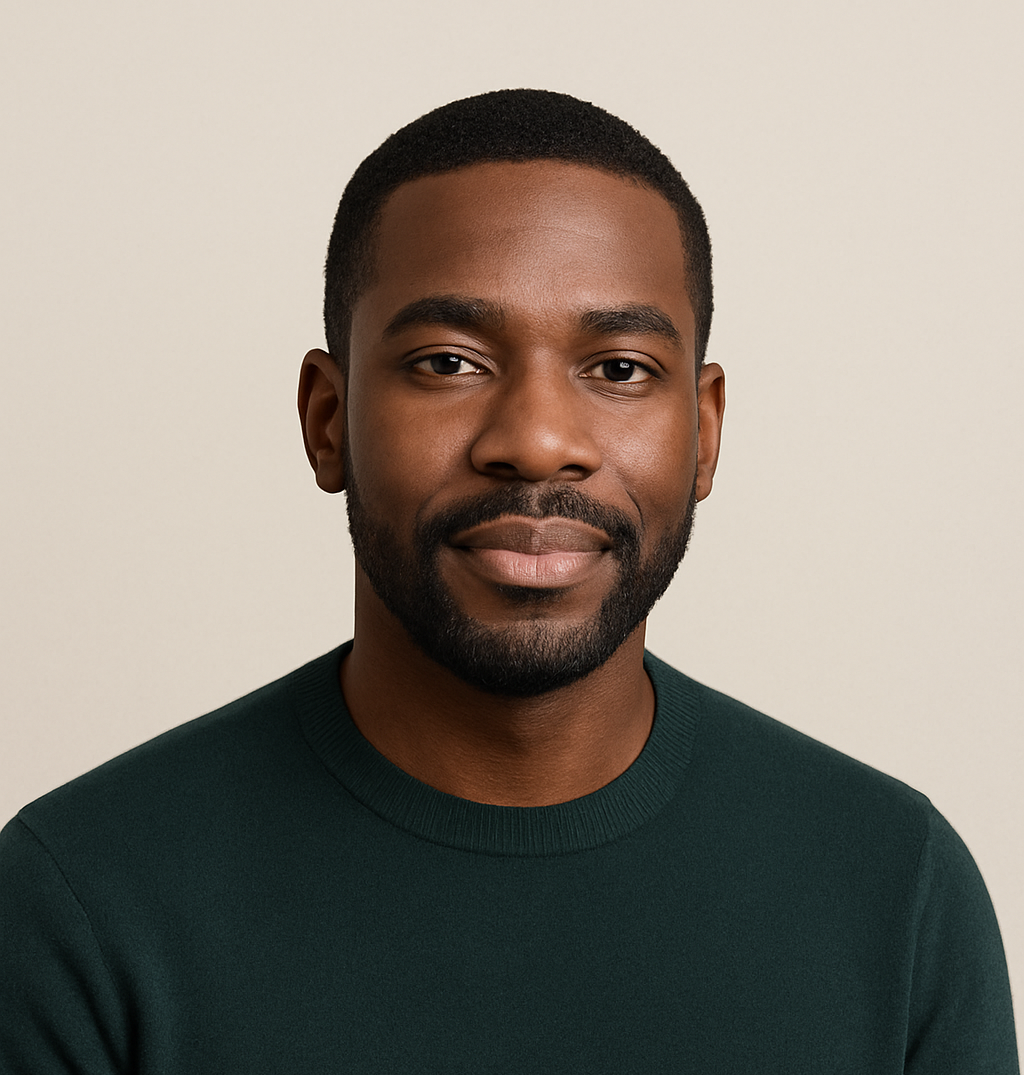
James Jenkins is a celebrated Pulitzer Prize-winning author whose work has reshaped the way readers think about social justice and human rights in America. Raised in Atlanta, Georgia, James grew up in a community that instilled in him both resilience and a strong sense of responsibility toward others. After studying political science and creative writing at Howard University, he worked as a journalist covering civil rights issues before dedicating himself fully to fiction. His novels are known for their sharp, empathetic portraits of marginalized communities and for weaving personal stories with broader political realities. Jenkins’s breakout novel, Shadows of Freedom, won national acclaim for its unflinching look at systemic inequality, while his more recent works explore themes of identity, resilience, and the fight for dignity in the face of oppression. Beyond his novels, James is an active public speaker, lecturing at universities and participating in nonprofit initiatives that support literacy and community empowerment. He believes that storytelling is a way to preserve history and inspire change. When not writing, James enjoys jazz music, mentoring young writers, and traveling with his family to explore cultures and stories around the world.

